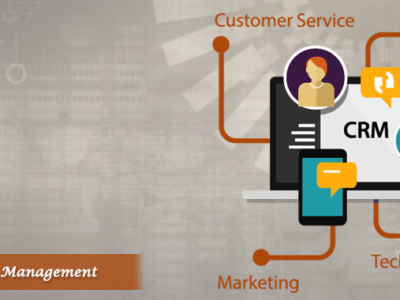
CRM Considerable Factors
There is no doubt that for customer-facing businesses, having Customer Relationship Management (CRM) software is a must. If you are in doubt, you need to click through a few of our other blogs to better understand the benefits of CRM – whether you are a major global corporation or a more locally-focused small to medium enterprise (SME).
Sign up to get FREE CRM Trial
Frankly, everybody who deals with customers needs a CRM solution, so I can see only one reason why some companies seem not to be joining the craze: ‘paralysis of analysis’. Put simply, ‘paralysis of analysis’ means ‘failure to react as a result of over-thinking’ and it is a recognised and a critical problem in sports. When a striker kicks a ball, a goalkeeper has to decide in a split second which way to throw himself. In result, desperately trying to make the best decision, he may not move at all as the ball lands in the net behind him.
Paralysis of analysis happens not only in sports, but also in business. When facing too many options, one may fail to act. With all the advantages that a CRM Services provides to a business, not to use one is to be left behind, but with the myriad of deployment options available, choosing a platform can be a bit of a dilemma and even be seen as a chore. However, if you want to succeed in business, choosing a CRM solution is something you can’t put off forever, so let’s look at the options and untangle some of the confusion.
Cloud vs. On-Premise
These days, a lot of businesses stumble on the choice of whether to go for a cloud or an on-premise web-access solution. A careful consideration of pros and cons of both options is key to making the right choice; yet, this is exactly the area that is usually the most puzzling to many CRM buyers. Partly this is because it is not as simple as many believe.
For many companies, going ‘cloud’ means adopting a Software as a Service (SaaS) solution.
Using this type of solution simply means paying for CRM software via a subscription/contract and accessing it through a web browser, while an on-premise web-access deployment option involves the purchase and licencing of an application and its installation onto your company’s hardware. To other companies, a cloud solution is really about where the data is stored: either on-site on your company’s own proprietary server or on a hosted server owned and maintained by a third-party provider.
Of course there can be different combinations and variations of these options. Ultimately, identifying your needs and finding a solution that meets them is the key for any company.
Specific Factors to Consider
When it comes to software, an on-premise web-access application is often the preferred option for companies requiring a high level of customisation and willing to pay more upfront in order to integrate their software and data with other systems. For a start-up without a big budget or an SME with a much more fluid business situation (i.e. a company that aims for growth but management is not really sure how much bigger, or even smaller, their company might be at certain points over the next few years) a cloud-based solution might be the preferred choice, as the initial cost of deploying SaaS is lower and long-term commitment more flexible.
But even a company with very strict security rules can tap into the cloud’s benefits: the so-called ‘private cloud’ is based around renting out a whole server where software is hosted (as opposed to sharing a server with other companies). It has to be noted that using public cloud is not associated with any data risk, but some companies feel more secure handling sensitive information within a virtual private network. Some even opt for a combination of hosted and proprietary database solutions to build in further redundancy and contingency planning.
So there are a lot of options to consider.
Decide While Keeping Your Options Open
The good news for Maximizer customers or companies looking at our solutions is that the payment and data storage deployment models are really flexible. Different clients have different requirements and these requirements may change over time, so no decisions ever need to be final. There are indeed many options to consider, but you won’t ever be tied to one. Pick and choose what, after consideration, seem to make most sense for your business and we will assemble the necessary parts in the best possible way, so that you make the most of your money and maximize your return on investment.
In any case, what is most important is to find a provider that covers the full range of options available – cloud, on-premise, or hybrid deployments of both software and databases. This will give you the flexibility to switch as your business evolves, ensuring that the CRM solution is delivering value for money and boosting productivity in the long term.
To find out more about CRM, click here![]() to conduct a free call.
to conduct a free call.



